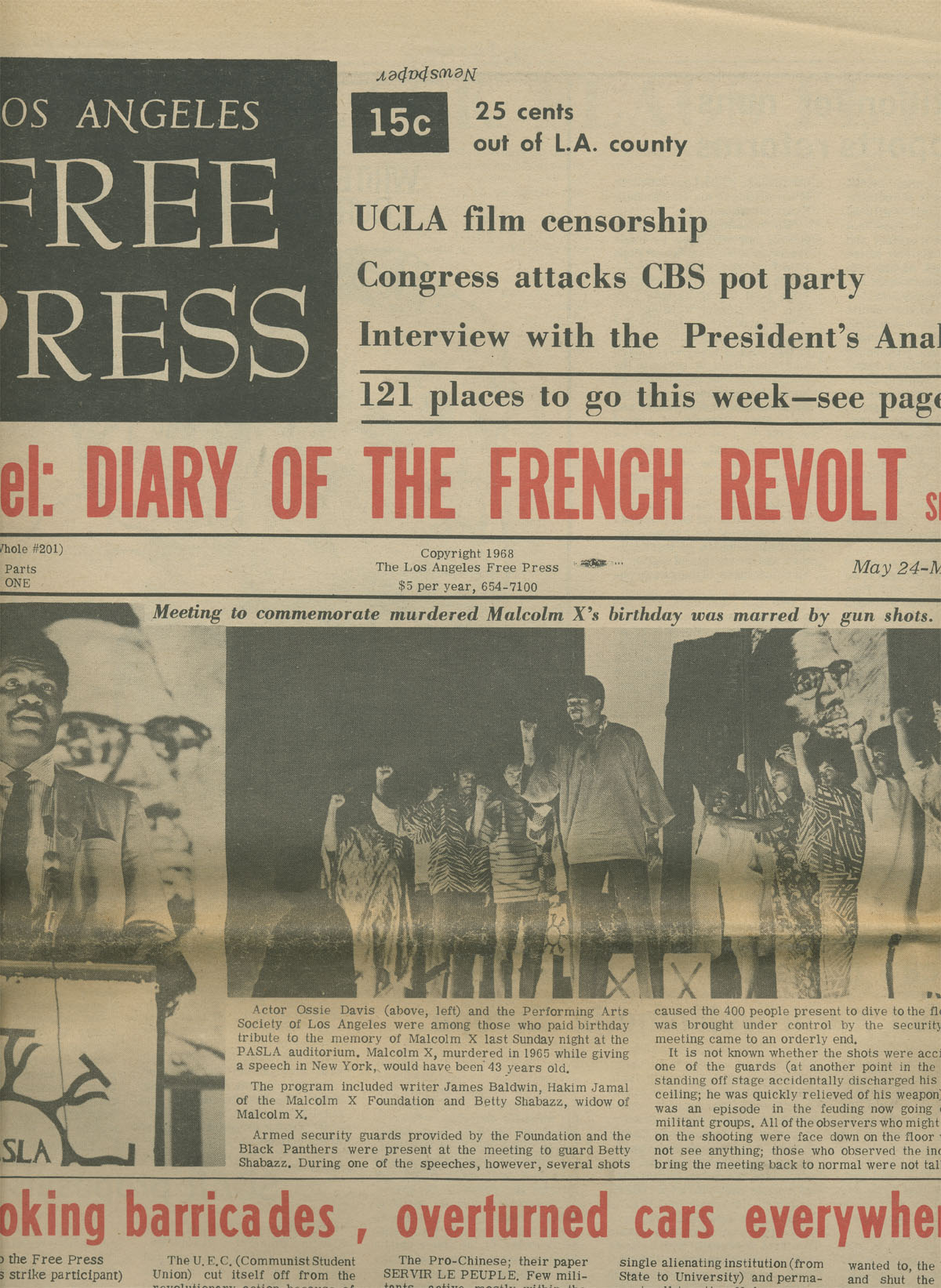What if the hyponchondriac body is an aesthetic projection?
Lets for a moment assume that our daily experiences are continuously in a kind of flux between awareness and loss of awareness. We engage with the world around us without being fully aware of our intentions, often without understanding what motivates us to do certain things or react in specific ways to people and to objects.
When someone looks at us we take that look and project it onto our bodies and into our minds. This is not a mechanical process and has no particular sequence to it. Nevertheless, a particular look can lead to any number of thoughts and from those any number of different projections.
Now, lets reverse what I just said. What happens when the feelings you are expressing towards a friend for example, don't play out in the way that you anticipated? How does your body deal with the impact of that experience?
Another way of thinking about this is to reflect on the fact that our bodies represent and express our histories, both personal and public. Pain becomes an interface between the internal and external images that we have of our biological selves. Irrespective of whether that pain is real or not, our bodies express and represent our thoughts—the internal becomes visible.
If the pain is a fiction, the only way to make it real is to rescuplt the body, remake it in the light of the artifice, mark it with evidence, in other words, transform it into an aesthetic object.
Part Four
 Sunday, May 22, 2005 at 11:03AM
Sunday, May 22, 2005 at 11:03AM 



